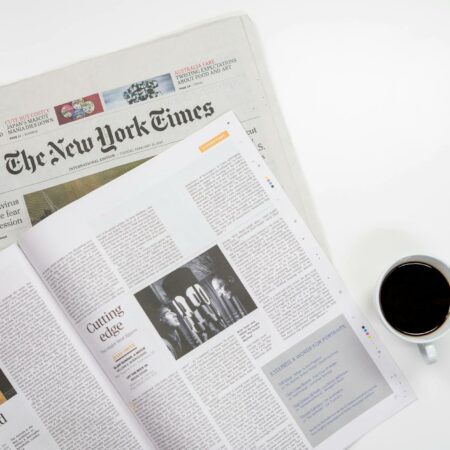If you already read my post comparing the Xoom to the iPad 2 and you still are trying to decide, here is a bit more food for thought.
One of the cool new features in the Motorola Xoom and the Apple iPad 2 is the HDMI-out connection. Run a cable from your tablet to the TV, and it’s a mirror image of what you see on your device! Better yet, because HDMI carries audio with it, all of the sound goes to the TV too.
The Xoom and iPad 2 handle it very similarly, but they each have one nice advantage over the other:
- The resolution of the Xoom (1280×720, not counting the 80px black bar at the bottom) is exactly what a 720p signal is. This means that when you hook it up to your big screen, it gives you a full-resolution 720p picture of your tablet, which is really sweet. By comparison, the iPad doesn’t fill the entire screen, leaving black bars on the sides.
- The iPad supports rotation — if you’re connected to the TV and you rotate your iPad, the picture on the screen rotates as well. By comparison, the Xoom simply disables rotation while connected to a TV. It wouldn’t work very well with it anyhow, so it was a wise move.
Why connect it to a TV?
A few reasons come to mind:
- Presentations: Push a Powerpoint or a Prezi through there. Since most projectors now have HDMI as well, it could handle those cases too.
- Video chat: I got my parents on there the other day, and the kids thought it was pretty fun! The only drawback is that the kids were looking at the TV, rather than the video camera on the Xoom.
- Fun: C’mon, Angry Birds in 52″ is pretty sweet!
Here’s a quick video of how it works:
So which one works better?
While I prefer the way the Xoom handles it, the extra apps on the iPad would be quite useful. In particular, I really enjoy using Prezi for presentations, but they don’t have a Xoom app yet. Pushing one of those straight from the iPad to a projector would be awesome. It’s coming to Android eventually, but probably not anytime soon.
One other slight edge for the Xoom is that it uses a standard mini-HDMI cable whereas Apple requires you to purchase a $39 adapter first. Not a big deal, but a bit of an inconvenience.
The bottom line is that this is simply a cool feature, and I’m glad that both products offer it.
Reference: gseav.com.




